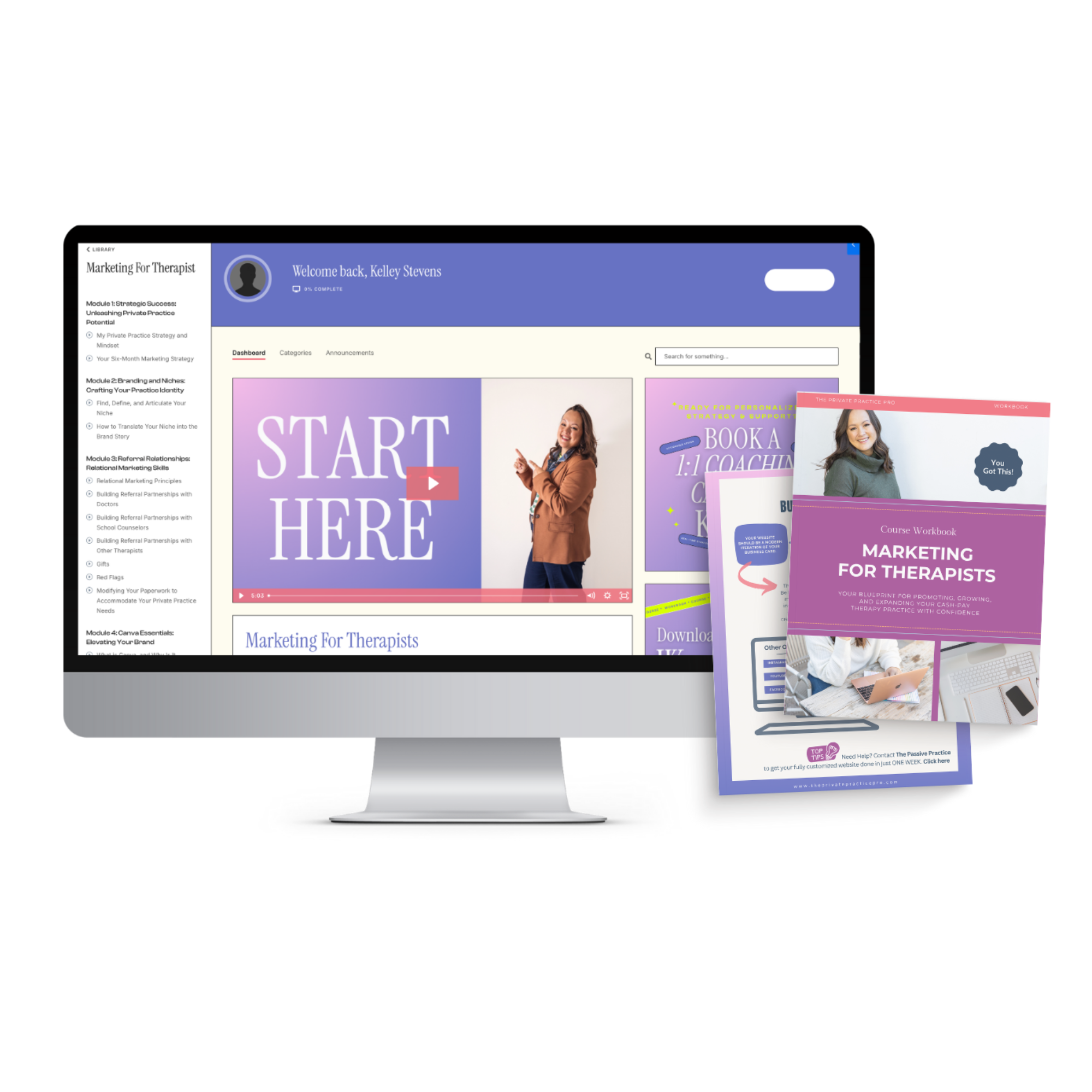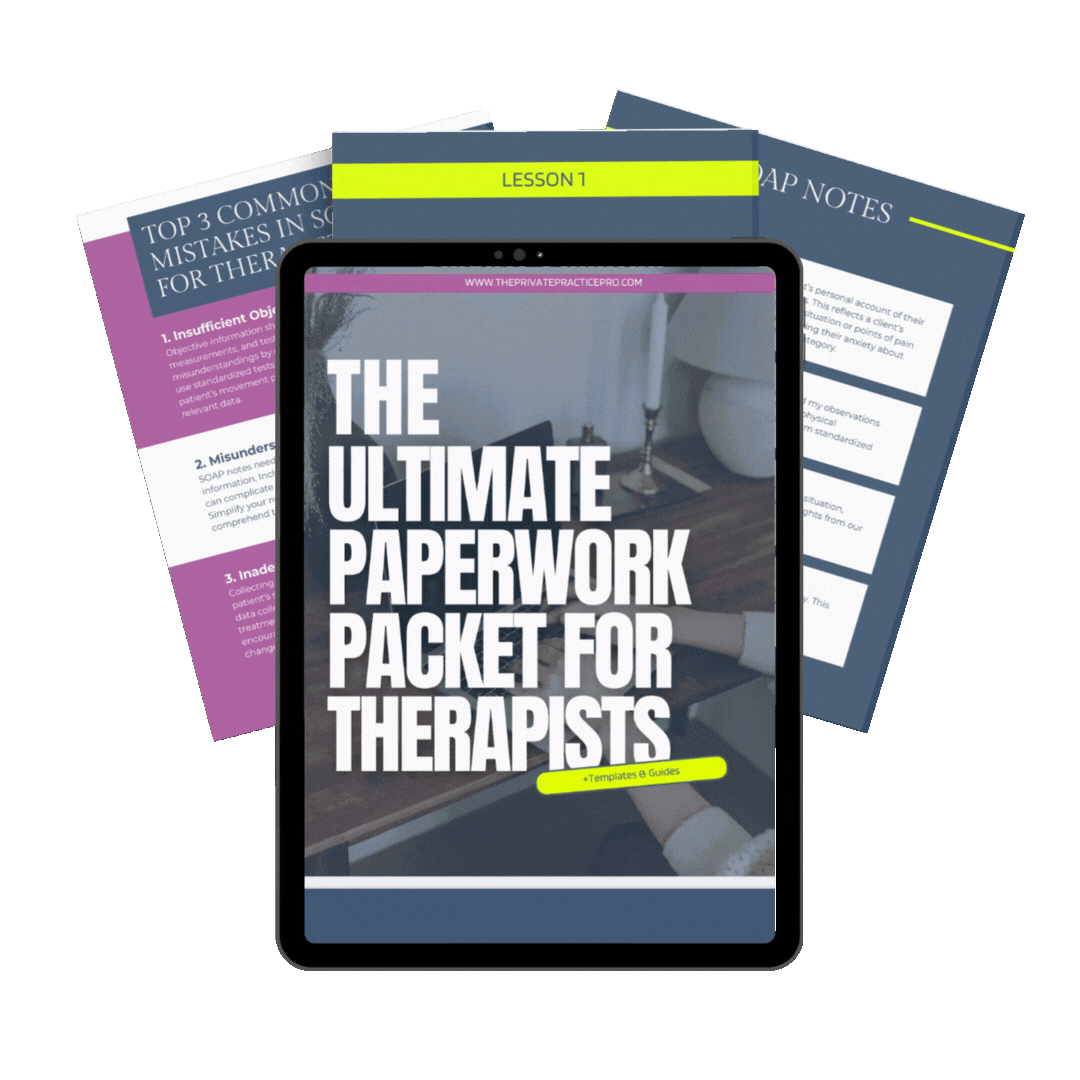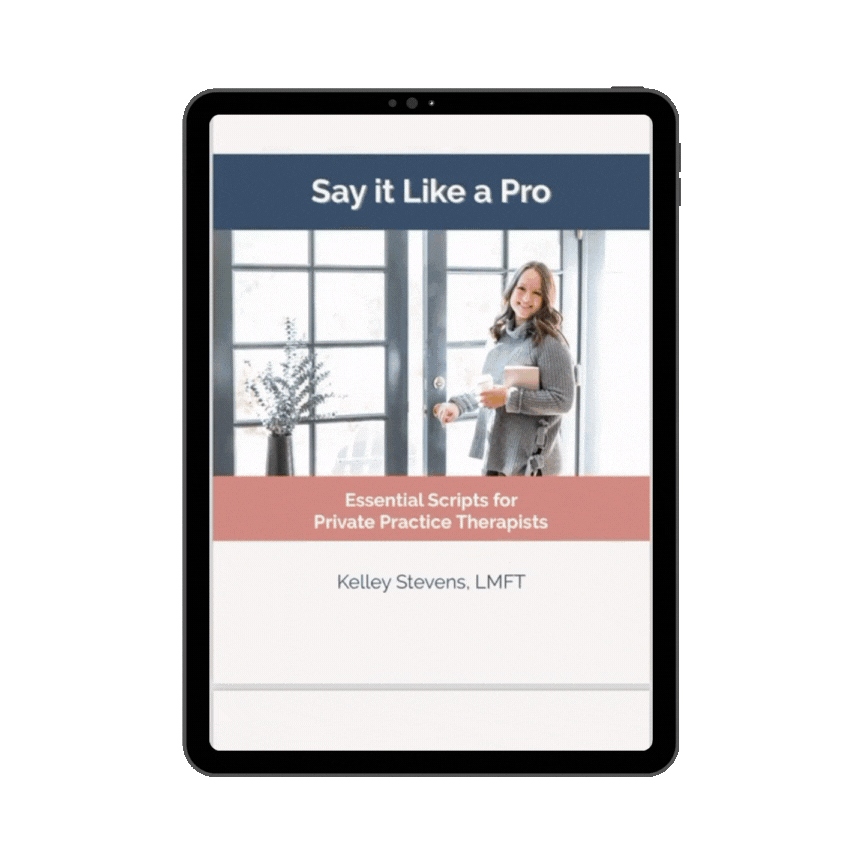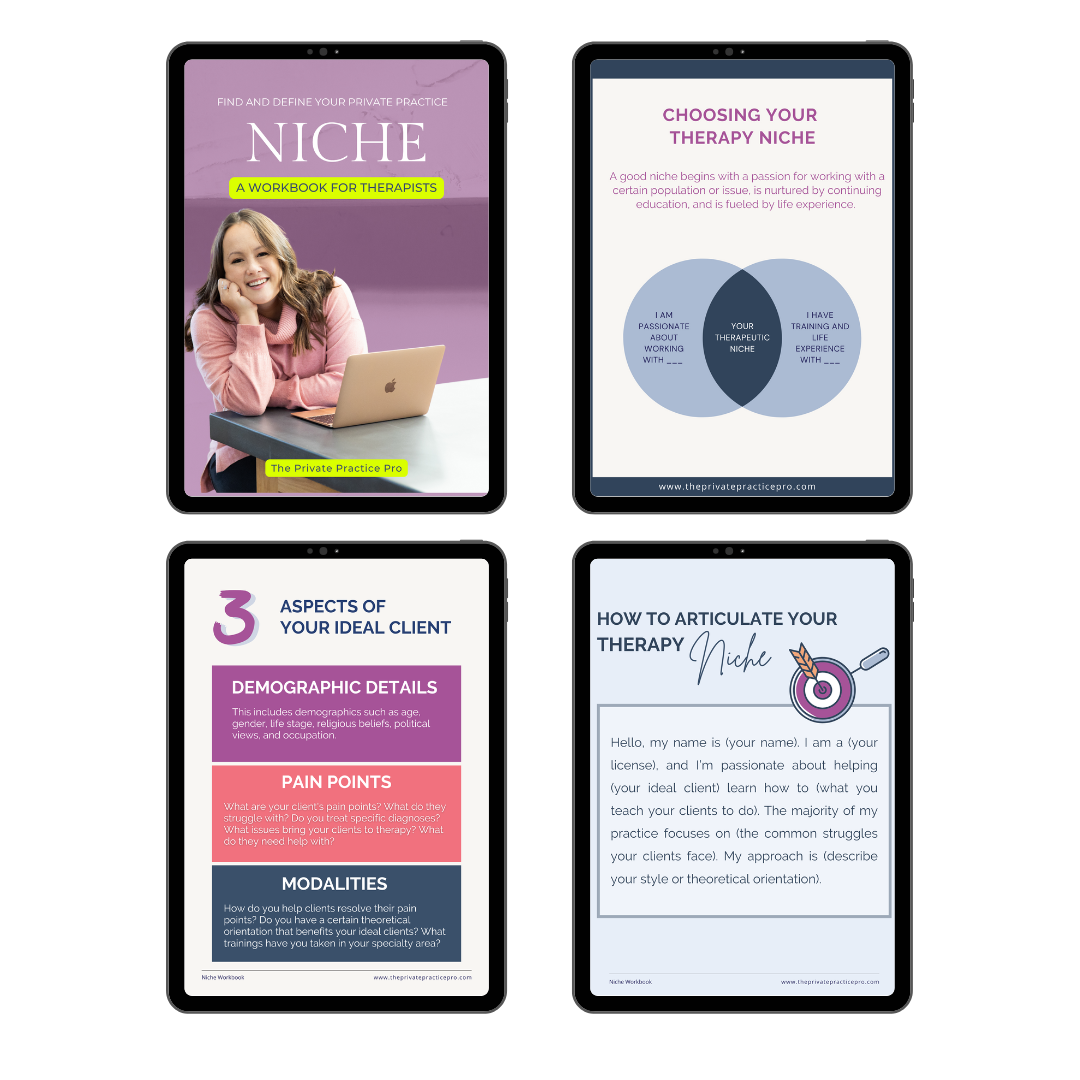The Tools You Need to Build a Private Practice
Courses, Coaching, and a Supportive Therapist Community to Help You Start, Grow & Thrive in Private Practice—With Clear Step-by-Step Guidance.
Build a Life You LOVE
With Your Very Own Private Practice
Wondering how much it costs to start a private practice? Download my FREE Private Practice Start-Up Cost Guide.
I’M KELLEY
I’m a Therapist, Practice Owner, Professor, Marketing Expert, Podcaster, and Mom
But that’s not all! I’m also a therapist mentor, dog mama, online business educator, and a fierce advocate for therapists building their dream practices. Let’s turn your passions into a thriving private practice together!
Featured In:
YOU DON’T HAVE TO FIGURE IT ALL OUT ALONE
Inside Private Practice Club, you’ll get the courses, coaching, and tools to build a business you’re proud of.
INCLUDED IN THE CLUB...
LIVE COACHING WITH KELLEY STEVENS
INSIDE OUR PRIVATE COMMUNITY OF THERAPISTS FROM AROUND THE GLOBE
MONTHLY TRAININGS WITH KELLEY & GUEST EXPERTS
GET BUSINESS & MARKETING STRATEGIES STRAIGHT FROM THE PROS
ACCESS TO BOTH OF MY SIGNATURE COURSES:
PRIVATE PRACTICE ROADMAP &
MARKETING FOR THERAPISTS
PLUS EVERY PRIVATE PRACTICE PRO PRODUCT
INCLUDING THE ULTIMATE PAPERWORK PACKET & ANY NEW PRODUCTS RELEASED WHILE YOU’RE A MEMBER!

Get Started with a Course or Ebook
NOT READY FOR CLUB MEMBERSHIP?
Start where you are, and upgrade to Club membership anytime.
Private Practice Roadmap
Marketing for Therapists
Scripts Book
The Ultimate Paperwork Packet
The Niche Workbook
Guide to Transitioning from Insurance to Cash Pay
LOOKING FOR MORE? I GOT YOU!
Private Practice Tips
Check out my YouTube channel for more tips!
The Therapists’ Essential Guide to Starting a Private Practice
MARKETING
FINANCE
How much does it cost to open a therapy private practice?
3 Tips to Find Your Niche: A Must for Success in Private Practice!
BUSINESS

From daily must-haves to game-changers for private practice,
these are the tools I love and trust.
The electronic health record I’ve relied on every day since 2016. Trust me, it’s the best.
An out-of-network billing company that makes accessibility possible (without sacrificing your fee).
The only team I trust for done-for-you marketing is The Passive Practice—websites, SEO, and Instagram made simple.
The Prelicensed in Practice Course
Your Step-by-Step Guide to Building Private Practice Foundations—Before You’re Fully Licensed
Inside Pre-Licensed in Practice, you’ll get the tools, clarity, and confidence to start preparing for private practice now—without waiting until you’re fully licensed. From defining your niche to understanding the legal and ethical guidelines, Kelley walks you through exactly what you can (and should) be doing as a pre-licensed therapist.
Private Practice Checklist
Download my FREE guide that outlines 9 essential steps to launch your private practice in 2025!
SUBSCRIBE TO GET MY FREE




































